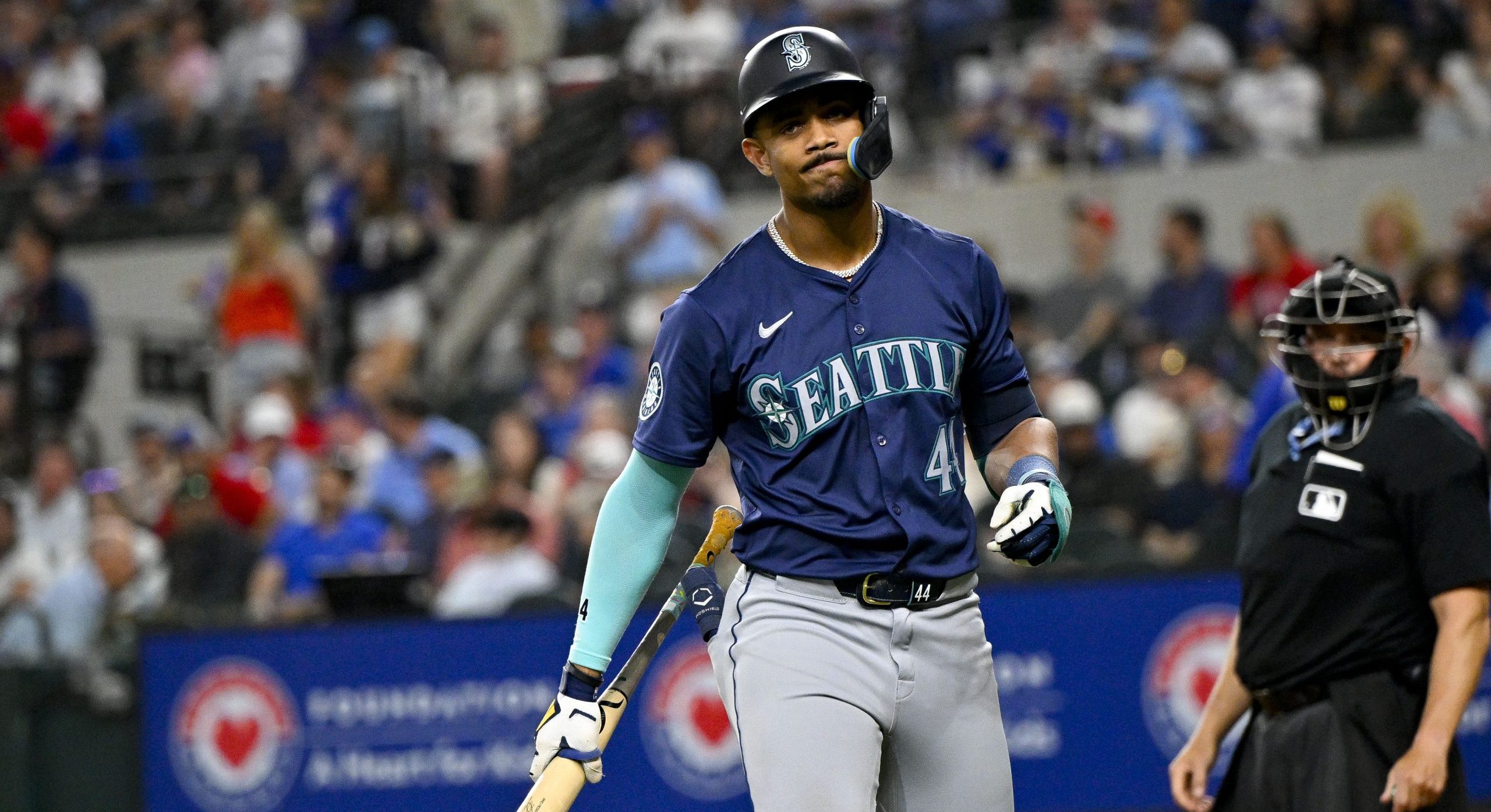In-game interviews are becoming more common across sports, and we’ve particularly seen lots of them in baseball the past few years. After initial appearances during spring training and the All-Star Game, it’s become quite common to see these during the MLB regular season as well, with ESPN even breaking new territory Sunday with the first regular-season one with a catcher (the Houston Astros’ Martin Maldonado, seen above during that segment). How have MLB and its broadcasters convinced players to do this? Well, as per Andrew Marchand of The New York Post, the league and the MLBPA have added a specific financial incentive:
NEWSLETTER+: Moneyball … How MLB found a way to in-game interviews.https://t.co/lBmyESSG7R
— Andrew Marchand (@AndrewMarchand) April 17, 2023
Here’s more on that from Marchand’s piece:
Players understandably were hesitant to do in-game interviews with announcers during regular-season game action because they want to focus on getting their jobs done. However, MLB and the MLBPA came up with a plan to pay the players that began with dipping its toe in with some experimentation in 2020. Let’s take a look:
1. Players, like an Aaron Judge or Martin Maldonado receive $10,000 to do an in-game interview, according to sources. The money does not come from ESPN or Fox, TBS, Apple or Peacock.
2. The MLBPA and MLB recognized they need to entice players to do the in-game talk-back, so the money comes out of the earmarked joint funds that MLB and the players association share. It’s a pretty good deal for talking to Karl Ravech and company over the course of a half inning, for, say, like 10 minutes, which works out to an average of $1K a minute.
3. It’s important on a couple of levels. First and foremost, it is nice for the national games to have wrinkles to make them feel different. That is helpful. Second, it gives MLB stars a chance to show their personality.
There’s more to this than just the $10,000, of course. That’s not a huge amount of money for most MLB players, with the league’s average salary coming in at $4.22 million last year (and it’s easy to imagine that the salary of the players broadcasters want to mic up may be higher still in many circumstances; Maldonado isn’t as high-profile as many they interview, but he’s still making $4.5 million this season). But this is a nice extra incentive for doing this extra work. And it absolutely is extra work to have to balance competing at a high level athletically while also talking about it with the broadcasters calling the game. Here’s some of that with Maldonado Sunday:
Here's some of the in-game interview ESPN conducted with Astros' catcher Martin Maldonado Sunday night. pic.twitter.com/ymZtXihJzS
— Awful Announcing (@awfulannouncing) April 17, 2023
The bigger part of making this work may be on the broadcasters in terms of finding the right moments to talk to players, though, as ESPN’s Karl Ravech told SI’s Emma Baccellieri last August:
“They’re doing their job,” Ravech says. “We don’t ever want to interfere with that.
“We trust them to speak when it makes sense, and they trust us to ask questions and realize, look, there may have to be a pause here.”
Overall, these increased in-game interviews in baseball seem to be working out well for players, broadcasters, and the league. And the specific MLB/MLBPA joint pool of compensation for this makes sense too; it’s smarter to have that money coming from the league/players’ association pool than directly from the broadcasters involved, especially as that could easily wind up with different networks trying to pay different rates. This is a measure to promote the game, so it makes sense for the league and the PA to fund that, and it seems to be doing a decent job of promoting the game so far.
zzzzzzzzzzzzzzzzzzzzzzzzzzzzzzzzzzzzzzzzzzzzzzzzzzzzzzzzzzzzzzzzzzzzzzzzzzzzzzzzzzzzzzzzzzzzzzzzzzzzzzzzzzzzzzzzzzzzzzzzzzzzzzzzzzzzzzzzzzz
zz







